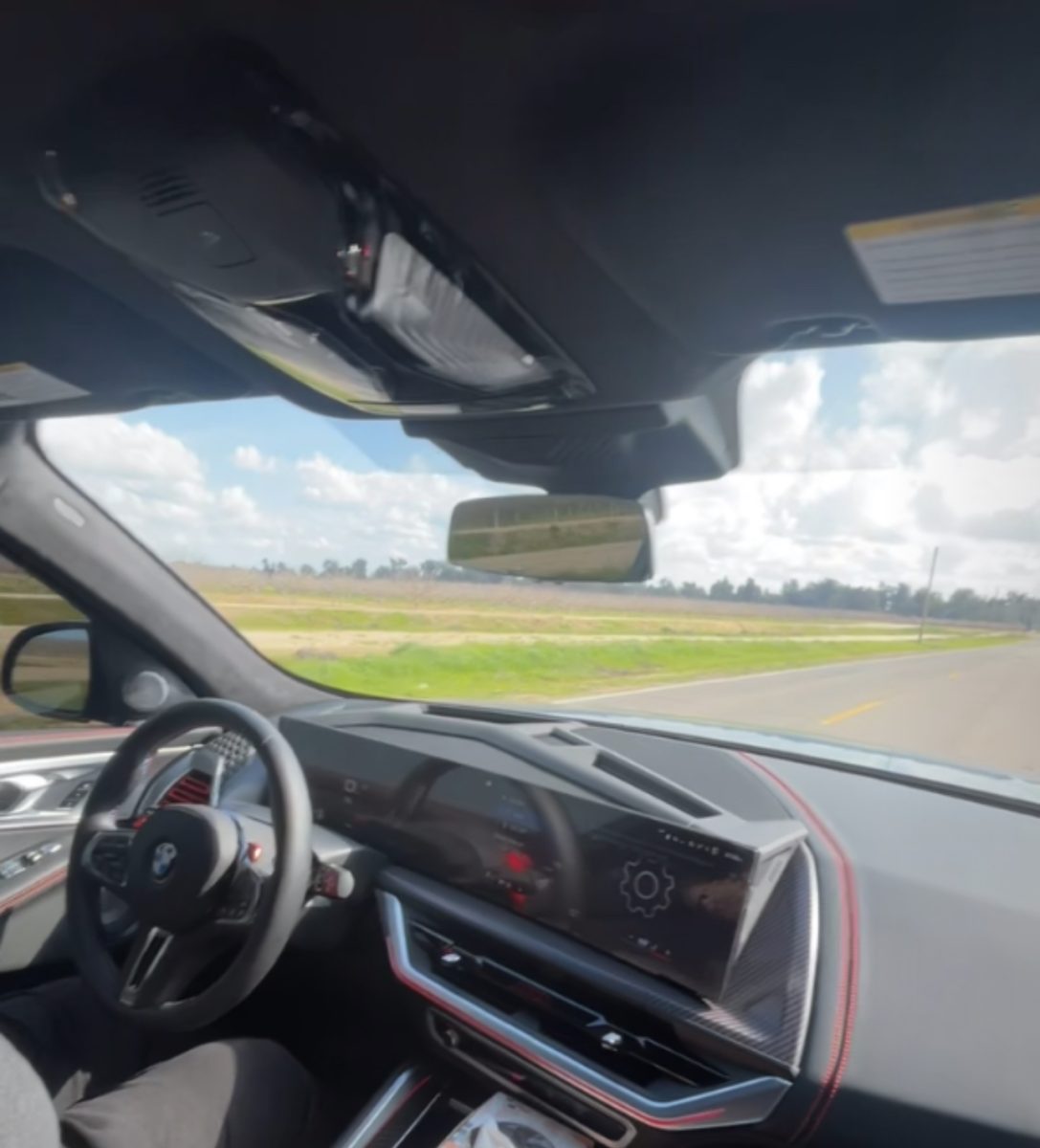Researchers at UNSW have recently showcased a variety of methods for encoding quantum information in silicone, enhancing the flexibility of the quantum chip design. The information stored in quantum computers known as quantum information can be encoded in 4 unique ways by the UNSW Sydney quantum computing engineers inside a single silicon chip atom. This accomplishment may lessen the difficulties of running millions of quantum computing units each only a few millimeters in size. The engineers have chosen to use a heavy atom called an antimony which they insert into the silicon chip instead of a silicon atom. This atom was selected because it allows a total of 16 different quantum states 8 coming from its nucleus and with an electron which can have 2 states and by multiplying you would get 16 unique quantum states.
With the work of the team and Scientia Professor Andrea Morello they drew upon the work of previous well established methods of quantum control and demonstrated that all were possible within the same atom. The first thing they did was show that they could control the antimony’s electrons with an oscillating magnetic field. After that they set out to prove that they control the spin of the nucleus by using the magnetic field. The third method showed that they could control the nucleus with an electric field, something which was discovered by accident in 2020. The fourth and final breakthrough was to put both the nucleus and the electron in opposition to each other, using an electric field using so called flip-flop qubits, which was shown by this team last year.
The latest experiment done by the team showed that all previously mentioned methods can be done together in the same silicone chip using the same architecture. These various methods allow physicists and computer engineers greater freedom in designing upcoming quantum computing chips. A great example of this is shown between magnetic resonance which is quicker than electric resonance but less consistent because magnetic resonance may affect other nearby atoms while electric is able to target one. While qubits are’t in the thousands today, in the future they could be in the millions or billions to solve a task in minutes which would normally take decades or centuries . Morello believes that even if it will be slower it will give them the flexibility to scale up their systems saying ”We are investing in a technology that is harder, slower, but for very good reasons, “ and “Having the flexibility to do it with magnetic fields, or electric fields, or any combination of them, will give us lots of options to play with when scaling up the system.”. These control methods could pioneer the next practical quantum computer hardware able to make a corrected logical qubit with one atom to the point where it becomes commercially available as well as viable.


